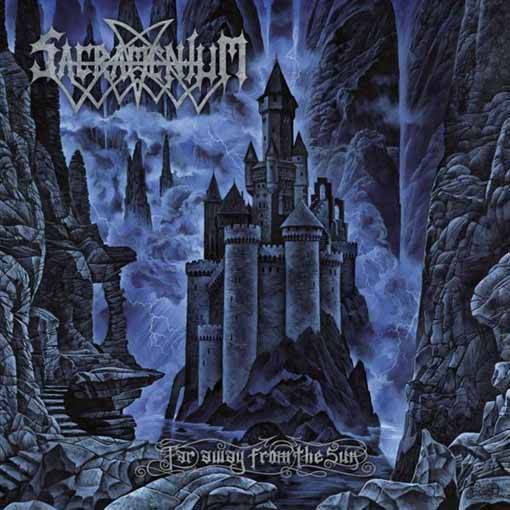-
cdrhino@mail.com
White Faced Lady
$28.98 $17.86
You save $11.12
Title: White Faced Lady
Genre:
Condition: Brand New/Sealed
Special Feature:
Album Type: CD
Number Of Discs : 1
Origin: U.K.
Case Type: Digipak
Status: In-stock, ships in 1-2 business days.
Product Code: 4009910112427
Track List
-
- 1. Overture
- 2. Broken Mirrors
- 3. Angels Song: Dear Elvis Presley
- 4. Nursey, Nursey
- 5. Small Song, Heaven In the Back Row
- 6. Burning Bright
- 7. The Matchseller
- 8. The Coronation of the Fledgling
- 9. All Hail To the Hero
- 10. White Faced Lady
- 11. Freefall
- 12. Standing
- 13. Diary Song: the Indian Head
- 14. Song From Jon
- 15. Long Way Down
- 16. The Locket
- 17. Picture With Conversation
- 18. Epitaph: Angel
Description
Exploring the Mystique of the "White Faced Lady"
Unveiling the Enigma
The "White Faced Lady" holds a mysterious allure that has captivated audiences for generations. From folklore to literature, this enigmatic figure has woven herself into the fabric of our collective imagination. Let's embark on a journey to unravel the secrets of the "White Faced Lady" and discover the truths behind the legend.
Origins of the Legend
The origins of the "White Faced Lady" can be traced back to ancient folklore and mythology. Across different cultures and civilizations, tales of ethereal beings with pale, ghostly visages have emerged, each with its own unique characteristics and symbolism. Whether she appears as a benevolent spirit or a harbinger of doom, the "White Faced Lady" embodies the timeless fascination with the supernatural and the unknown.
Literary Depictions
Throughout history, the "White Faced Lady" has made her presence known in literature, serving as a potent symbol of beauty, purity, and transcendence. From Shakespeare's haunting portrayal of Ophelia in "Hamlet" to the spectral apparitions in Gothic novels like "The Woman in White," authors have used her imagery to evoke a sense of otherworldly intrigue and melancholy.
Folklore and Superstitions
In many cultures, encountering the "White Faced Lady" is believed to herald both good fortune and misfortune. In some traditions, she is revered as a guardian spirit, guiding travelers safely through the night. In others, she is feared as a malevolent entity, foretelling tragedy and death. Superstitions surrounding the "White Faced Lady" vary widely, reflecting the diverse beliefs and fears of different societies.
Cultural Variations
Across different regions and cultures, the "White Faced Lady" takes on various forms and meanings. In some traditions, she is associated with fertility and rebirth, symbolizing the cycle of life and death. In others, she is linked to themes of unrequited love and longing, haunting those who have been forsaken or betrayed.
Symbolism and Interpretations
The symbolism of the "White Faced Lady" is multifaceted, encompassing themes of beauty, innocence, and transcendence. Her ghostly pallor and ethereal presence evoke a sense of mystery and wonder, inviting us to ponder the mysteries of existence and the afterlife.
Modern Interpretations
In contemporary culture, the "White Faced Lady" continues to inspire artists, writers, and filmmakers, serving as a source of inspiration for works of fiction and art. From horror movies to graphic novels, her image has been reimagined in myriad ways, reflecting the enduring fascination with the supernatural and the macabre.
FAQs About the "White Faced Lady"
- Is the "White Faced Lady" based on a real historical figure?
The origins of the "White Faced Lady" are shrouded in mystery, with no definitive evidence of a real-life counterpart. She is likely a product of folklore and myth.
- What are some common superstitions associated with the "White Faced Lady"?
Common superstitions include encountering her on moonlit nights, hearing her wailing in the wind, or seeing her reflection in still waters.
- Are there any famous literary works that feature the "White Faced Lady"?
Yes, she appears in various works of literature, including Shakespeare's "Hamlet" and Wilkie Collins' "The Woman in White."
- What is the significance of the "White Faced Lady's" appearance?
Her pale, ghostly visage is often associated with themes of purity, innocence, and otherworldly beauty.
- Why do you think the legend of the "White Faced Lady" continues to endure?
The legend endures because it taps into universal themes of beauty, mystery, and the supernatural, resonating with audiences across cultures and generations.




